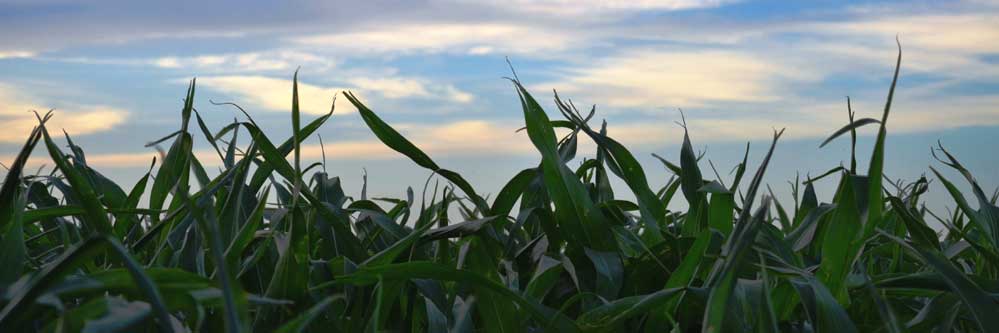The 2013 growing season has been interesting to say the least. Variable may be a good summarization of the year.
Drought conditions continued to dominate a good portion of the High Plains through the spring and early summer. While central and eastern parts of Kansas and Oklahoma experienced more normal precipitation early in the growing season, this led to above average wheat yields across this area.
The Western High Plains abandoned a good portion of the dryland wheat crop due to the dry winter and spring. Irrigated wheat yields suffered from higher temperatures during grain fill, as well as multiple spring freeze events in April.
The cool spring pushed corn planting dates back a little later than normal. As you head east, wet weather delayed planting significantly, especially across the midwest states. Root systems did not fully develop in areas that had abundant or excess soil moisture early.
Hot weather early in the summer stressed the corn and bean crop. In late July and early August, a good portion of the Central US, including the High Plains received some very welcome cool weather and significant rainfall. This precipitation was a lifesaver during the very critical grain fill period of corn. The rains also refilled or partially refilled the depleted soil moisture profile in dryland fields. This upcoming wheat crop is at least off to a better start than the past few years. Whether we can sustain the new crop through the spring is yet to be determined.
In late August and early September, high temperatures returned taking the top off of what could have been outstanding yields. These temperatures affected the soybean crop even more than corn. Soybeans were growing very rapidly and setting pods during the cool wet period, but the hot weather that followed stressed much of the new growth, and late pods were aborted or did not fill properly.
There is an abundance of grain sorghum this fall. Yields are much improved from the previous few years. A little rain goes a long way with grain sorghum. Even the most drought-stricken areas are harvesting a respectable crop this year – for some, it’s the first dryland crop that has been put in the bin for a number of years.
Overall, fall crop yields have been quite good. There are always areas that suffer more than we would like, and other areas reap the added benefit of a timely rain or two. We are once again humbled by the fact that so much is out of our control regardless of all our efforts.





